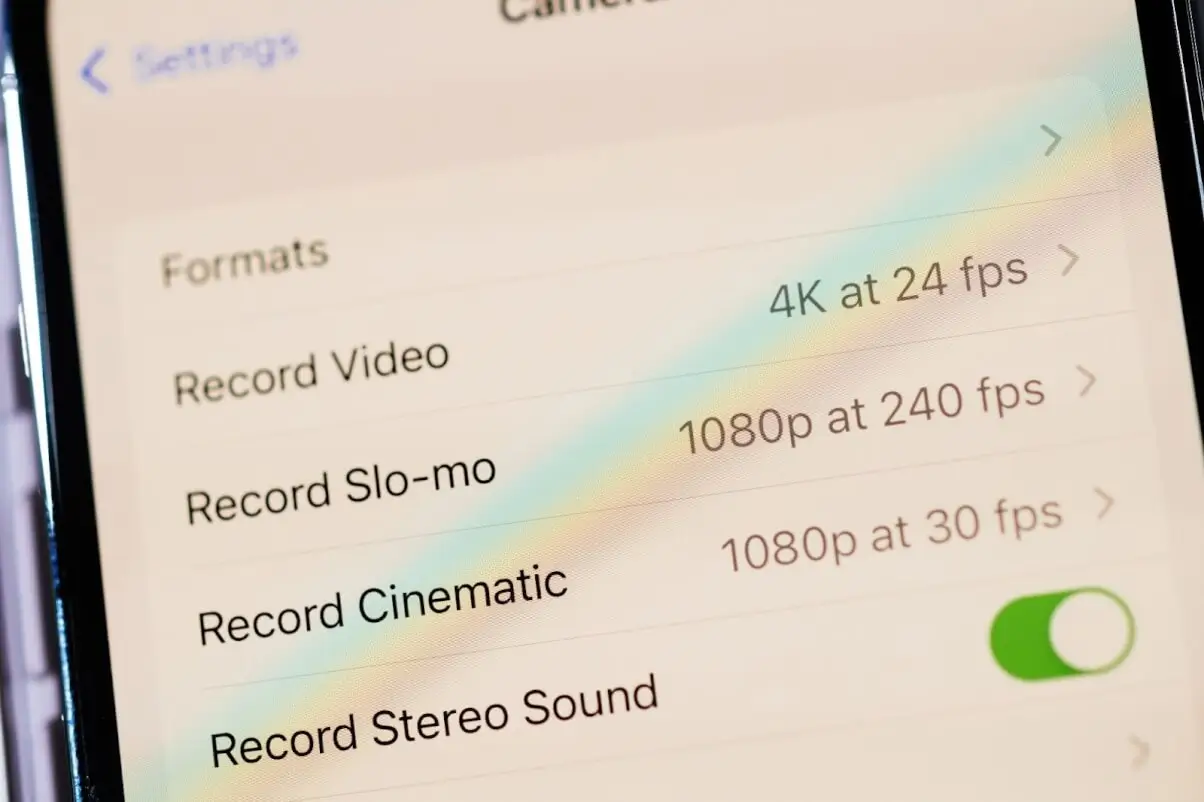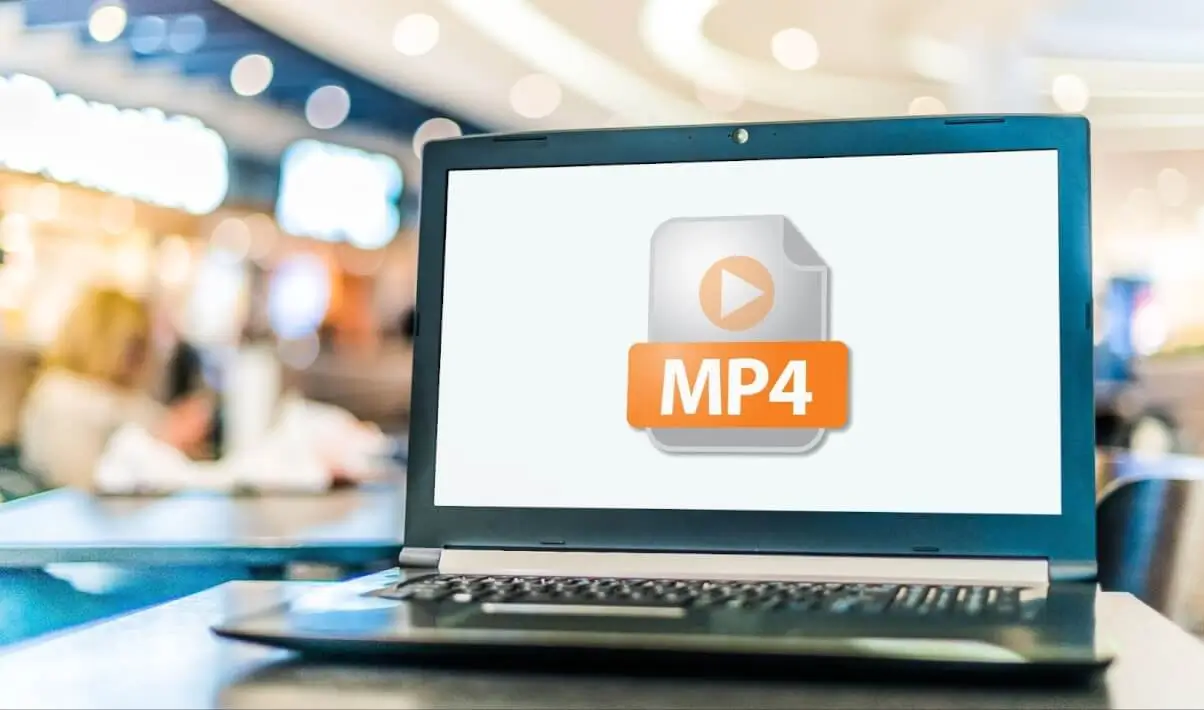What is a Video converter?

- What are video converters?
- Evolution of video converters
- What formats do videos have?
- Benefits of using the video converter app
- Drawbacks of video converters
- Why would I need to convert a video?
- Perspective and Conclusion
In the past, encountering a video file with an unknown format that your operating system couldn't recognize meant being unable to view its content. Your video player would simply display an error stating the format was unsupported. However, today, video converters offer a solution to this problem. They enable us to convert videos into compatible formats, ensuring that we can share video content without worrying about it being unreadable or unplayable on different devices or systems.
What are video converters?
Video converters are versatile tools designed to convert video files from one format to another. These converters serve a basic purpose: they allow users to tailor videos to specific requirements, be it playback on different devices, editing in different programs, or optimizing file size for easier sharing or storage. In 2023, with the use of predominantly trending online video content, with the rise of YouTube, TickTock, and Instagram, we don't think about how this happens anymore. However, video conversion is still a necessary tool in today's world even though everything is already automated, we still need to know the purpose.

Evolution of video converters
Initially, to convert formats you need to download a video converter app, where you manually adjust such parameters as the number of frames per second, bitrate, video resolution, codec, and finally choose the video format (extension) that would allow your system to read the video file.
Now everything has become much easier because when you install most video players with them come the same codecs that recognize all possible video formats and will be able to play them without any problems.
What formats do videos have?
Video conversion requires codecs that specify certain video formats, each of which has both advantages and disadvantages. Here is the list of video formats known today:
- MP4 (.mp4): A widely used format known for its compatibility with various devices and platforms.
- AVI (.avi): Introduced by Microsoft, it's a versatile format but can have larger file sizes.
- WMV (.wmv): Another format developed by Microsoft, commonly used for streaming videos.
- MOV (.mov): Developed by Apple, it is often used for high-quality videos and in editing software.
- MKV (.mkv): Known for its ability to store multiple video, audio, and subtitle tracks within one file.
- FLV (.flv): Frequently used for online streaming due to its small file sizes.
- MPEG (.mpeg/.mpg): An older format known for its compression capabilities.
- WebM (.webm): Designed for web use, known for its high-quality streaming capabilities.
- 3GP/3G2 (.3gp/.3g2): Commonly used in mobile devices for smaller file sizes.
- VOB (.vob): Typically found in DVDs and contains video, audio, and menu data.
These formats vary in their features, compression methods, and compatibility across different devices and software.
Benefits of using the video converter app
The primary advantage of video converters lies in their ability to enhance compatibility and accessibility. They allow users to convert videos to formats supported by their devices, ensuring seamless playback across smartphones, computers, TVs, or gaming consoles. Also, as we mentioned earlier, these tools enable users to manipulate video characteristics, such as resolution or bitrate, optimizing files for specific purposes without compromising quality excessively. In this way we save our storage space significantly, as if we have our RAW file become more compact by 4 or sometimes even 10 times if we compare some MP4 codec with lossless conversion.

Drawbacks of video converters
However, video converters also present certain limitations. Converting videos can sometimes lose quality, particularly when compressing or converting to formats with lower specifications. Additionally, the conversion process might be time-consuming, especially for large or high-definition files, impacting workflow efficiency.
Why would I need to convert a video?
So, why do we still need video converters? They remain essential in video content creation due to the discrepancy between original camera recordings and the display quality on various hosting platforms. The challenge arises when these platforms don't accurately represent the source's quality. Thus, converting videos into a more suitable format for the specific platform becomes crucial. This process involves adjusting key factors like bitrate, framerate, and video resolution to match the platform's requirements.
Typically, video editing software contains a video converter utility with a set of codecs, and understanding how to convert video using recommended and optimal parameters for the chosen platform is vital. This knowledge empowers creators to tailor their videos accordingly, ensuring optimal display and quality when shared on different platforms.

Perspective and Conclusion
Thus it led to the fact that the MP4 format has become the most widely used video format replacing XVID, mpeg, and many other formats that do not meet the compression quality standards.
Looking ahead, video converters will continue to evolve, potentially incorporating AI-driven algorithms to optimize video conversion processes further. Enhanced automation and intelligent algorithms might allow for real-time adaptation of videos, adjusting formats dynamically to suit specific playback devices or platforms.

Author
Founder of VJump. In addition to business, he is passionate about travel photography and videography. His photos can be viewed on Instagram (over 1 million followers), and his films can be found on his YouTube channel.
Moreover, his profile is featured on the most popular and authoritative resource in the film industry — IMDb. He has received 51 international awards and 18 nominations at film festivals worldwide.









































































